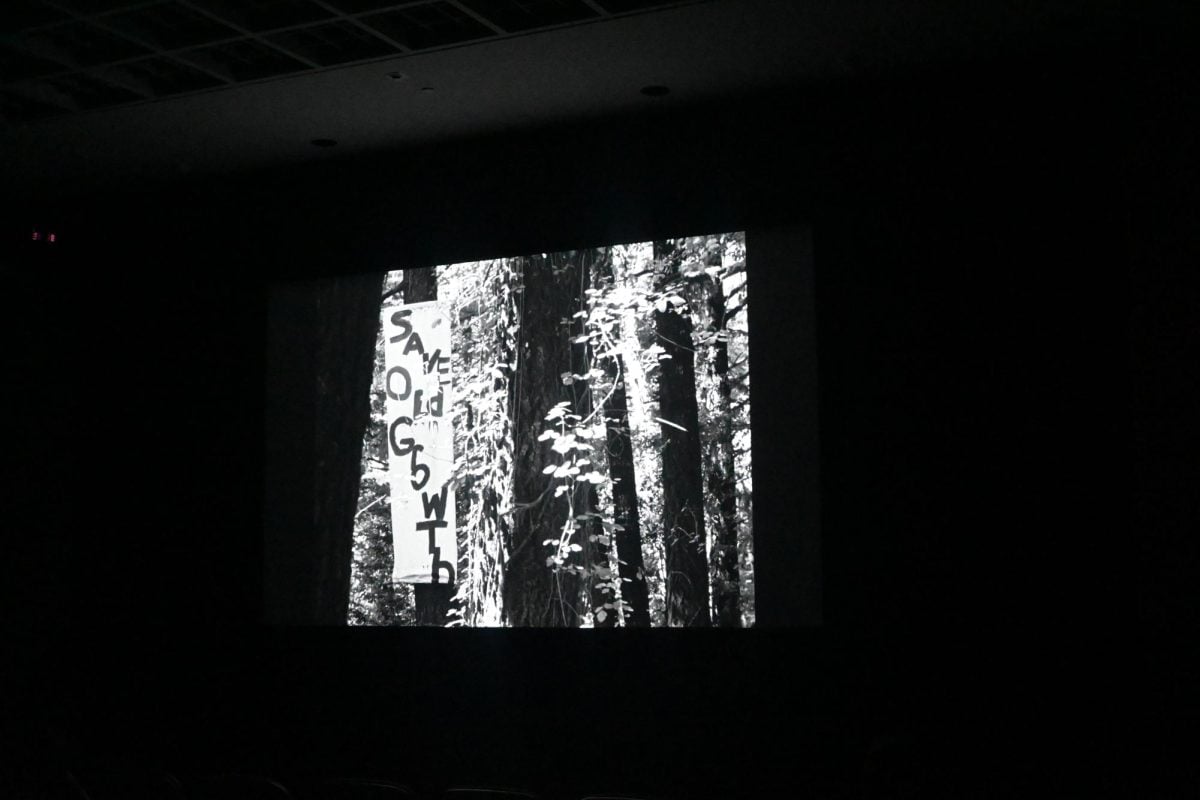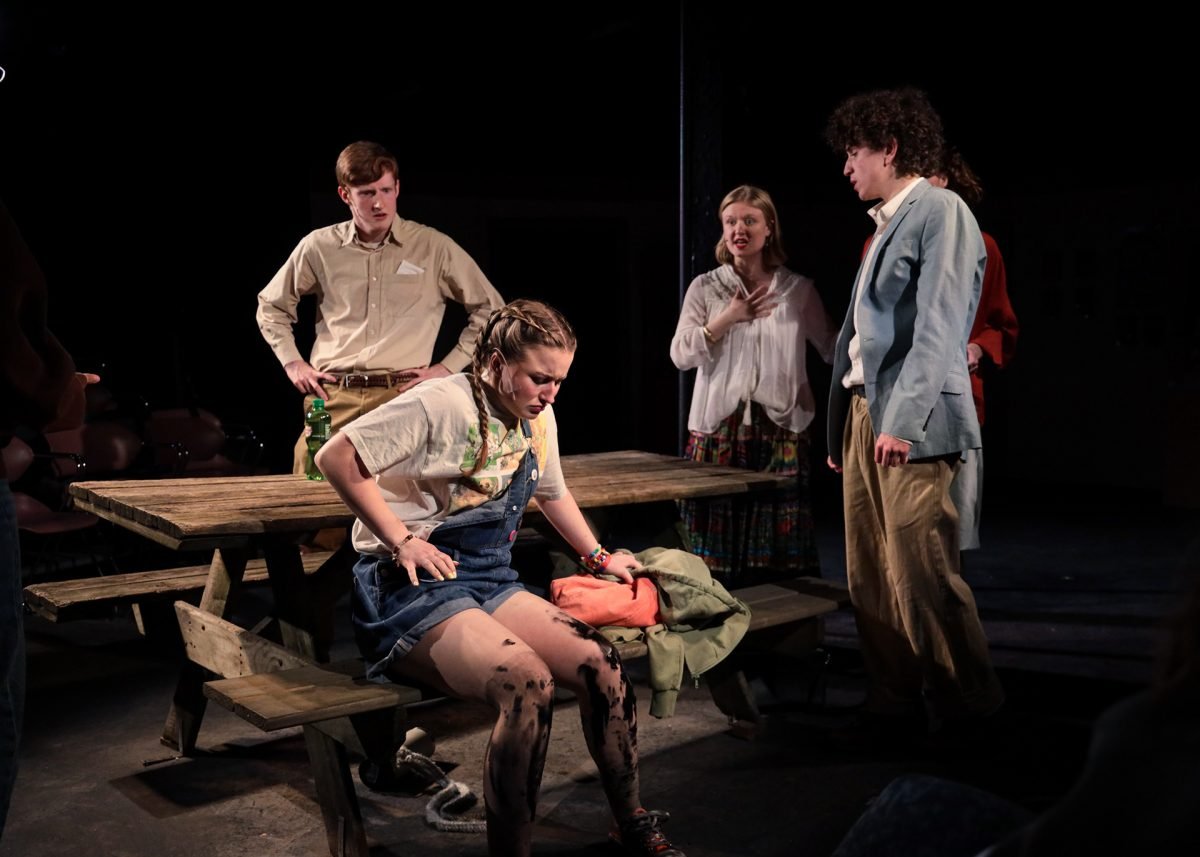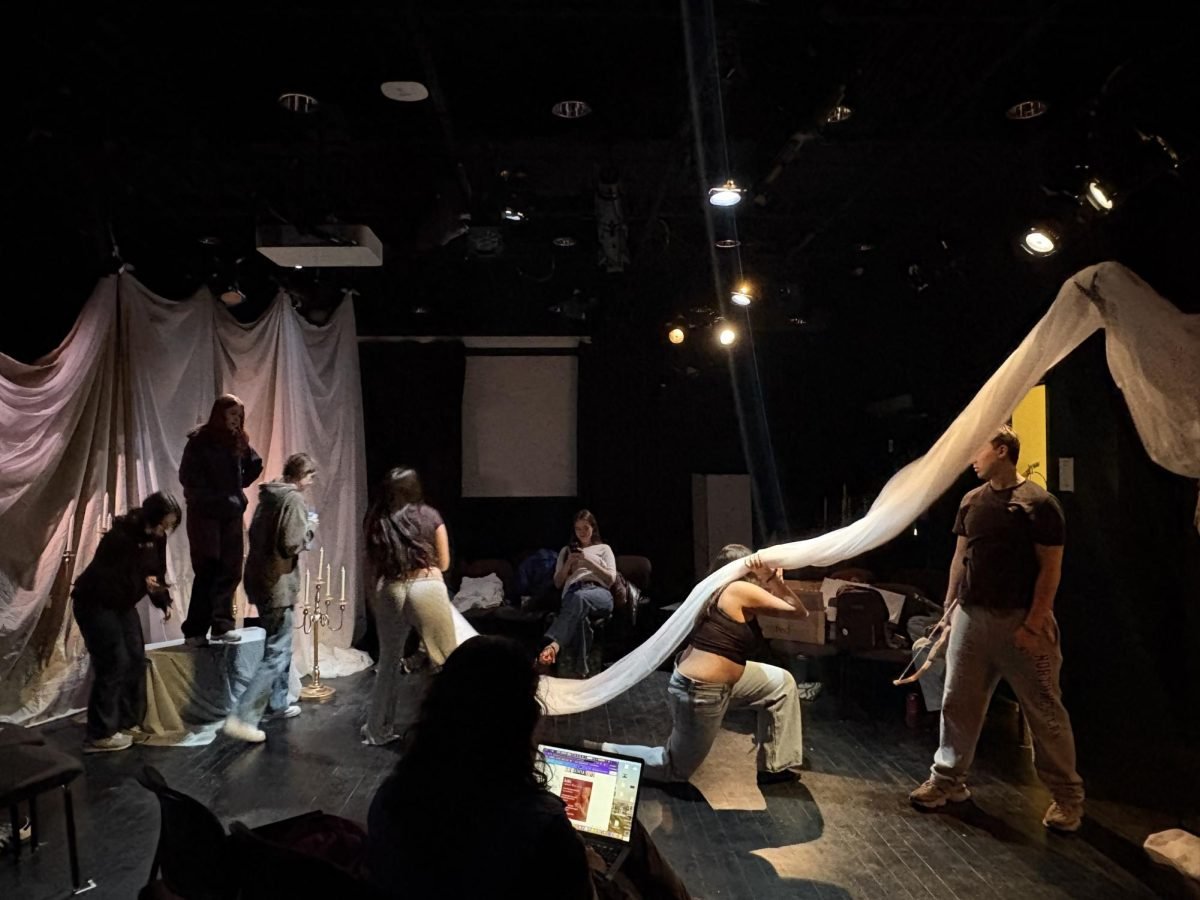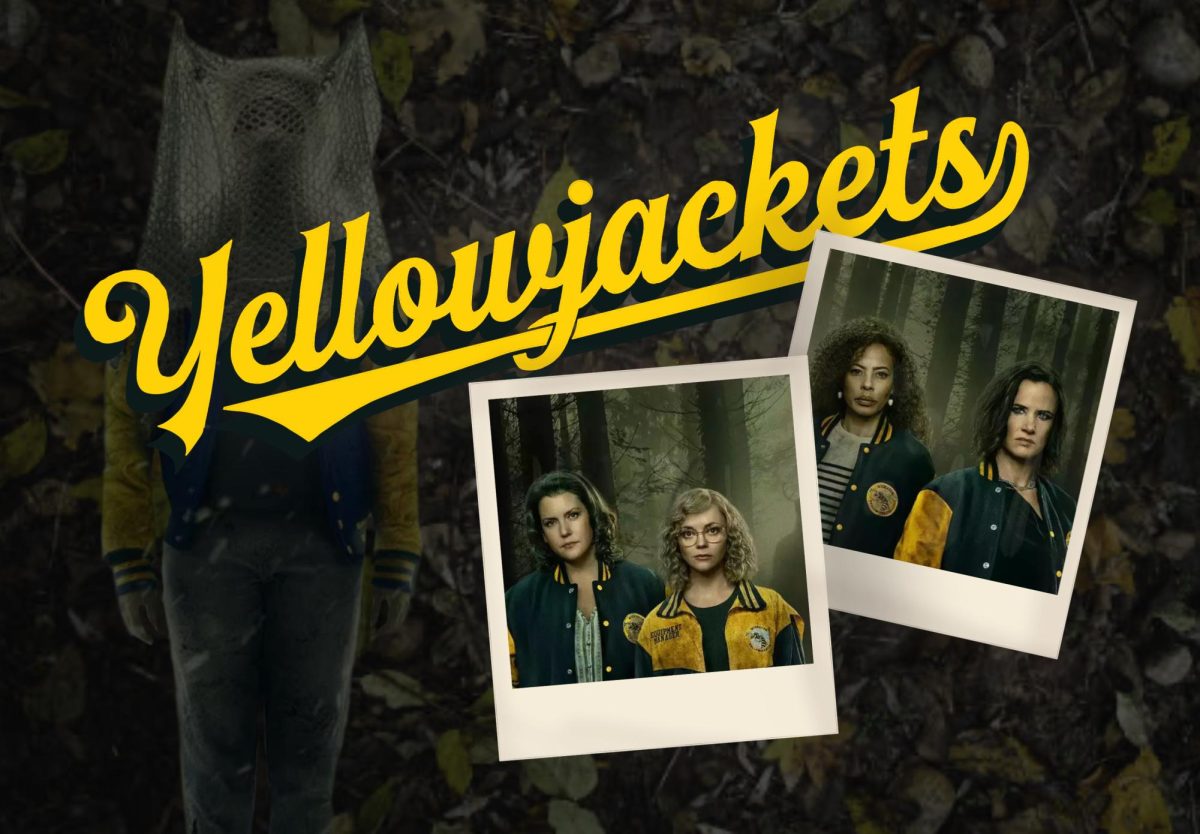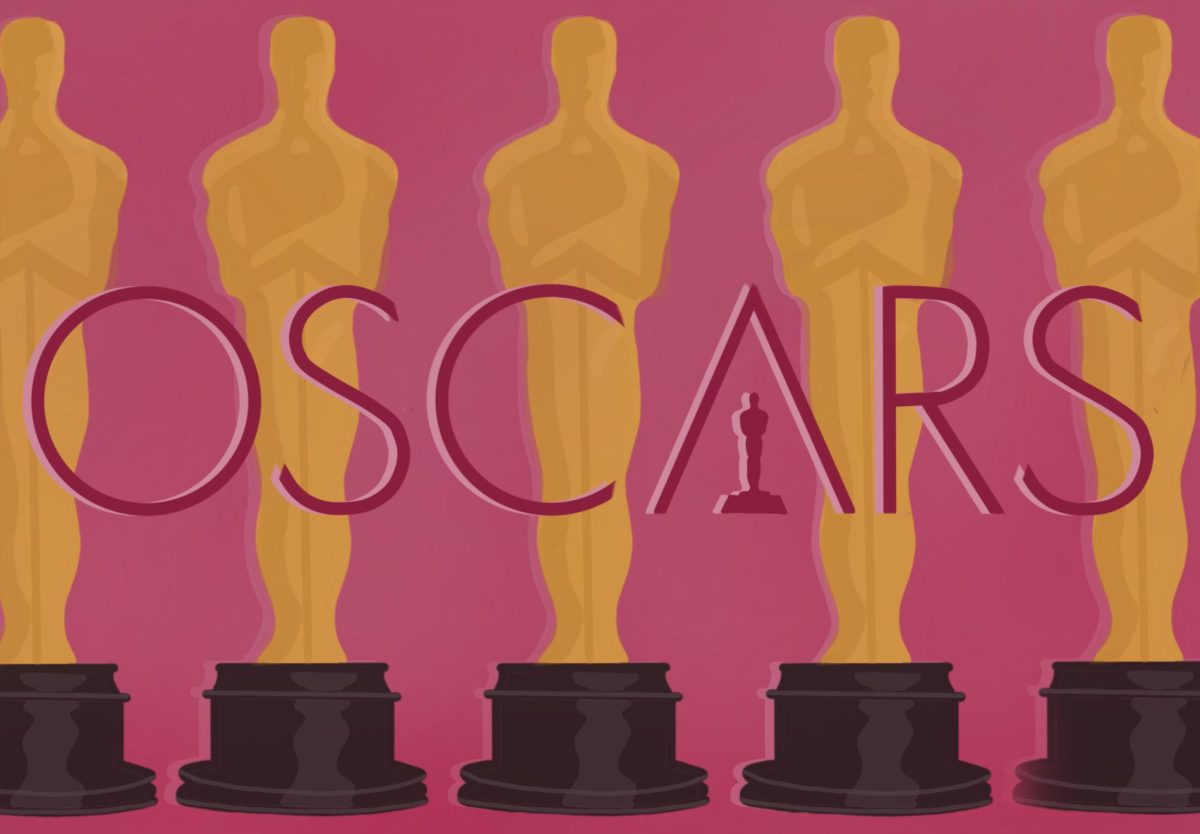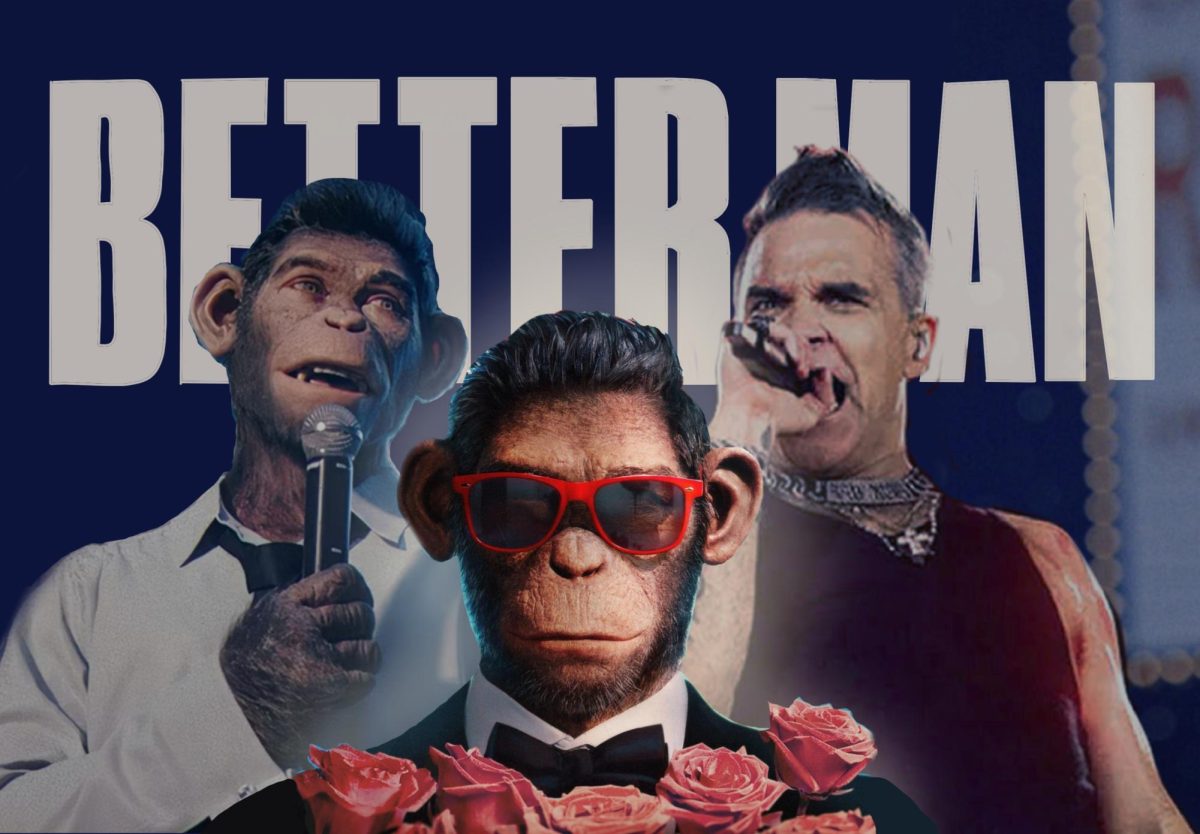Block Museum of Art’s Block Cinema premiered the first of three screenings, “Sanctuary Stations,” as part of its Climate Crisis and Media Arts Showcase Thursday evening.
The Buffett Institute for Global Affairs’ Climate Crisis and Media Arts Fund supported the showcase through grants of up to $10,000. The showcase featured a variety of projects, from complete feature films to work-in-progress samples.
Director Courtney Stephens, who received a grant for “A Very Bad Wizard” screened during the second night of the showcase, delves into changing climates in Southwest Kansas — the setting of The Wizard of Oz.
“(My) film is becoming much more about the dissemination of information and the dissemination of images and media around the natural environment,” Stephens said. “Maybe even more than the facts or the science behind climate change, but how facts circulate.”
“Heaven in a Wild Flower,” directed by filmmaker Jesseca Simmons, kicked off the screening. The six-minute piece is an experimental short film that captures bee imagery on a microscopic scale and calls into question the widespread uses of pesticides. Simmons’ media has been recognized by five different film festivals nationwide, including the Soho London Independent Film Festival.
Following the nature focus, director Jessica Bardsley presented an evolving segment titled “The Cave Without a Name” that links together light pollution, punk rock and bats in the larger theme of darkness.
“We’re inseparable from nature,” Bardsley said. “I think ecologically about everything. So we, as humans, are connected to the bats. We’re connected to the rooms of light and darkness.”
One aspect of this piece documents 15 million Mexican free-tailed bats from Bracken Cave, which is the largest mammal colony in the world.
Bardsley said her interest stemmed from her prior explorations of night and nocturnal phenomena and started with a foundational question.
“What are the good things about night that can be maybe forms of resistance or healing in this world of overwork and under sleep?” they said.
In their 15 years of filmmaking, Bardsley said they centered various environmental topics through archival imagery, different landscapes and geological formations.
Although unfinished, Bardsley said the showcase was the first public showing of her work.
Concluding the screening, “Sanctuary Station” — created in 16-millimeter film — played digitally.
In black and white, the narrative focused on Northwest California and the women who connect with its land. Director Brigid McCaffrey said she used poetry as a literary device to fuel the storytelling.
“I want people to experience this long-term dedication that’s been passed down through elders, also to different generations,” McCaffrey said. “And it keeps getting challenged and renewed through different understandings of what taking care of the land might mean for different people.”
On Friday, the second screening titled “Forecasting” showed “The Entomologists,” “A Very Bad Wizard” and “Stray Dog (Hydrophobia).”
Email: Aanikasawhney2028@u.northwestern.edu
Twitter: @Aanikasawhney
Related Stories:
— Block Museum hosts webinar on artwork connected to One Book One Northwestern
— The Block Museum highlights political activism, protest in new exhibition ‘Dissident Sisters: Bev Grant and Feminist Activism, 1968-72’
— Block Museum and Gene Siskel Film Center celebrate 50th anniversary of the Films by Women/Chicago ’74 festival

